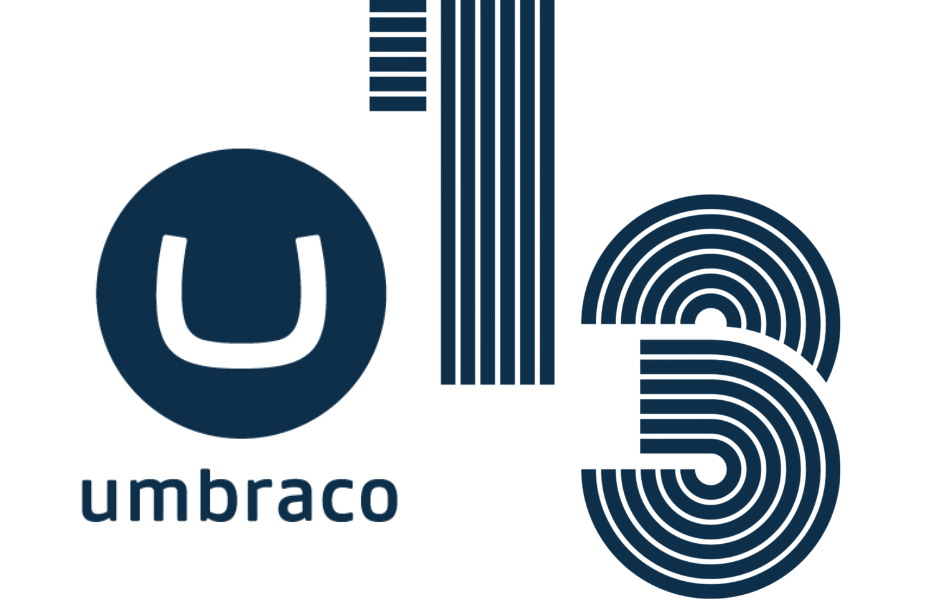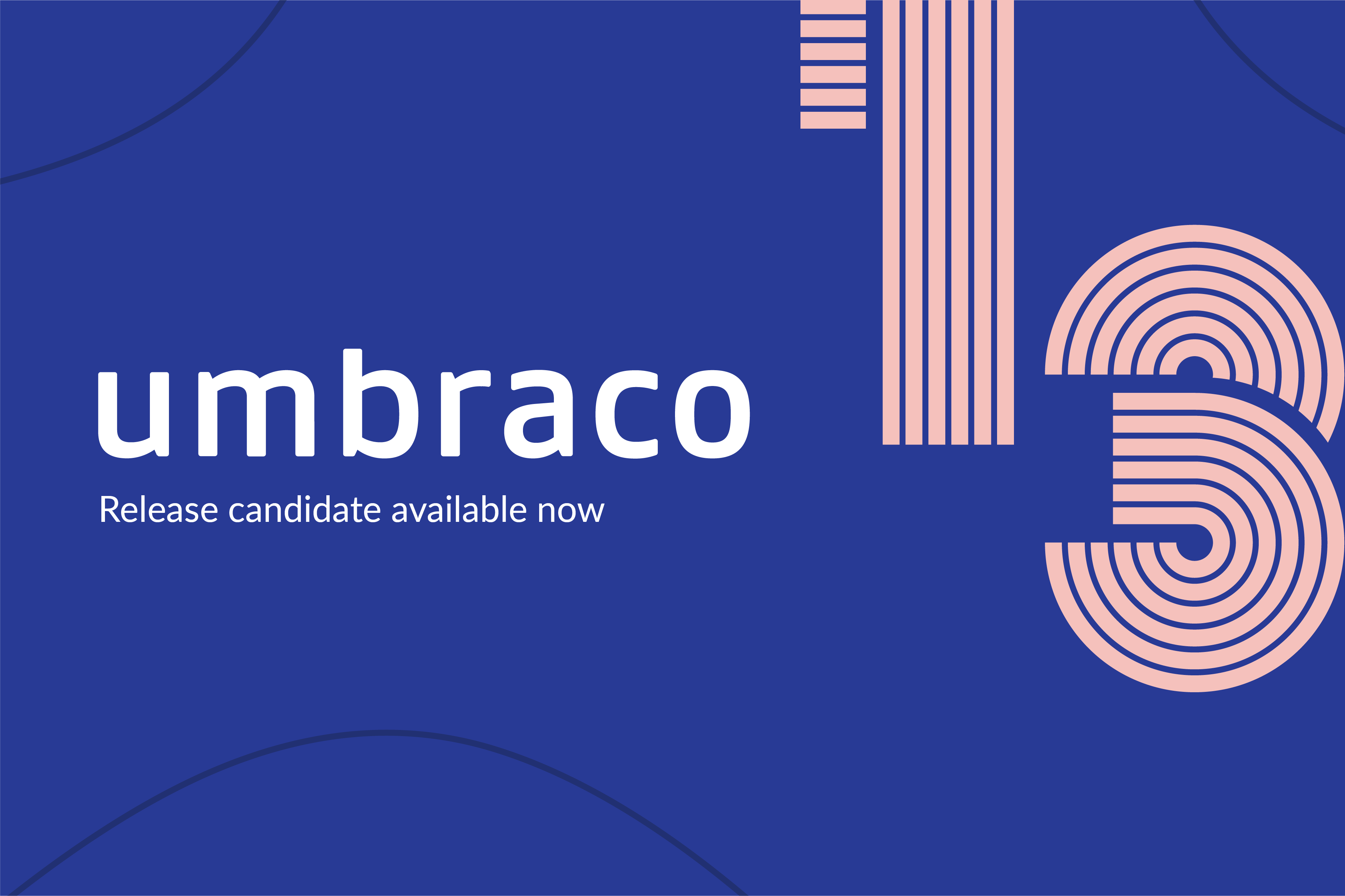Getting to the Heart of an Enterprise System with a People-Centric Approach.
When speaking to new customers, we often talk about our people-centric approach to system design.
You can map out and design systems all day long, though unless you truly understand the fundamental problems people are trying to solve, you might miss the real pain-points and the real opportunities for improvement.
Here’s how we approach problem solving with people at the center.
Defining The Business Challenge
We always do our own exploration of the challenges we’re asked to solve. By simply being external, we can provide a new perspective. When defining the challenge we ask a few key questions:
- Is the fundamental issue further up/down stream?
- Is the problem centered around specific teams/goal alignment/external factors?
- Are the right assumptions being made on how something should be done?
Our team of engineers - who every client works directly with - have a wide set of experiences that really help here (check out their bios to see what we mean!)
Shadowing System Use
We particularly add value by understanding the challenges faced by users on the front line. That’s why we always carry out multiple shadowing exercises. (covered in more detail in our 5 steps to knowing a system you didn’t build).
When shadowing we always ask: “what’s the one thing we could fix to make your day easier?” Fixing these - often unrecognised and undocumented until now - can have positive knock-on effects for other users and the system as a whole.
On occasion we’ve run eye-tracking studies with end-consumers. With this approach, we’ve found fundamental challenges that are different to the ones our customers thought they had!!
Solution forming
Our hands-on, people-centric approach gets us to feasible and viable ideas quicker than quantitative analysis alone. By this point we’re focused on creating a proof of concept and getting things tested ‘in the wild’.
Our Agile approach to development means we can test quickly. We’re constantly shipping, with a focus on what creates the most value first. By doing so, our clients are more involved, with continuous comms back and forth. The approach allows us to be iterative or course-correct as new information becomes available.
Measuring Success and Continuous Improvement
Whether a system can ever be ‘finished’ is open to debate. As your needs and requirements evolve, we’re there to be part of the journey. However, measuring success is key. The work we’ve done with the University Of Bedfordshire is a great example of measuring impact and continuous improvement as part of their recruitment drive.
We’re always keen to speak to people about their exciting ideas. Please get in touch for a friendly, no obligation conversation with one of our engineers.
We’re always keen to speak to people about their exciting ideas.
Please get in touch for a friendly, no obligation conversation with one of our engineers.







